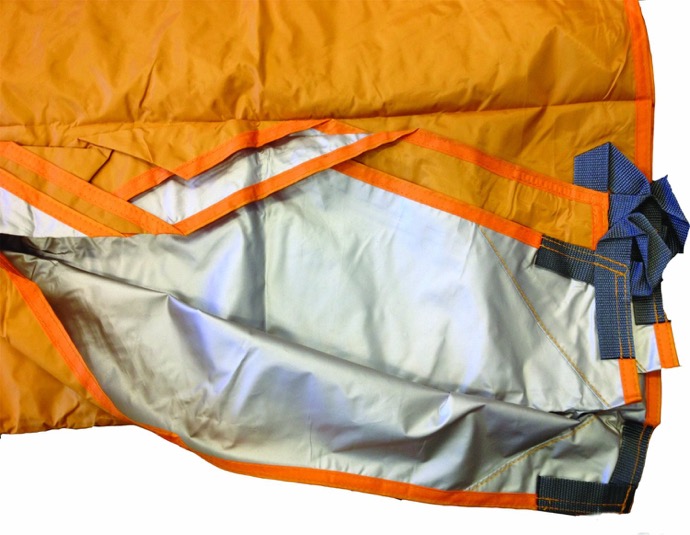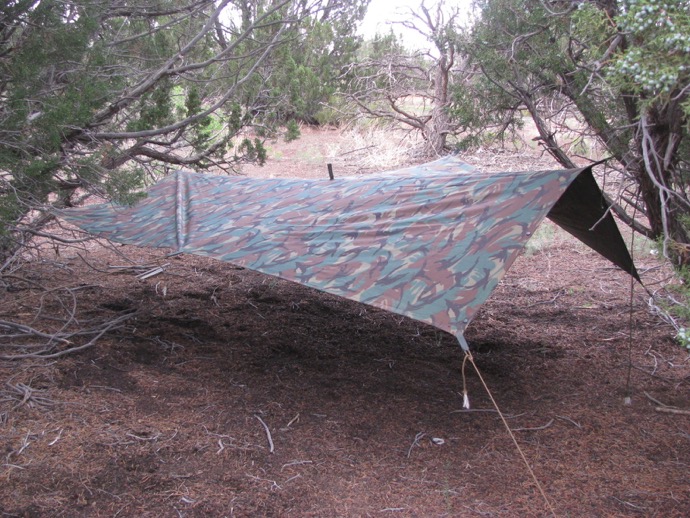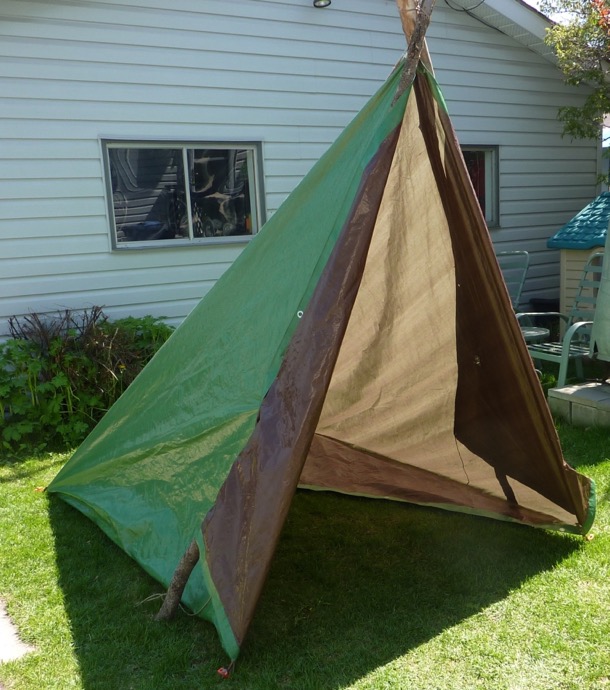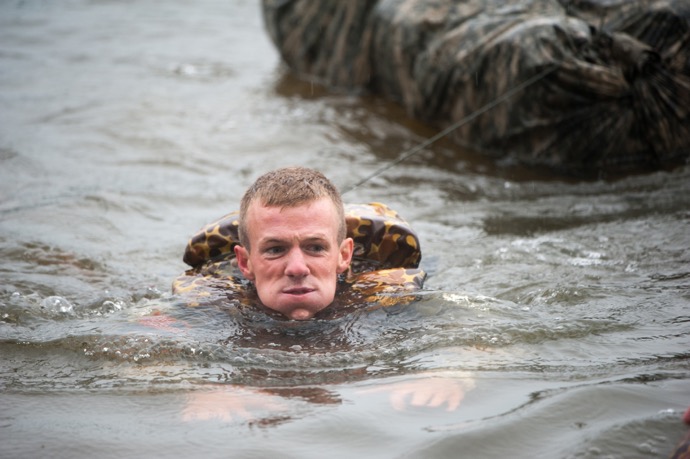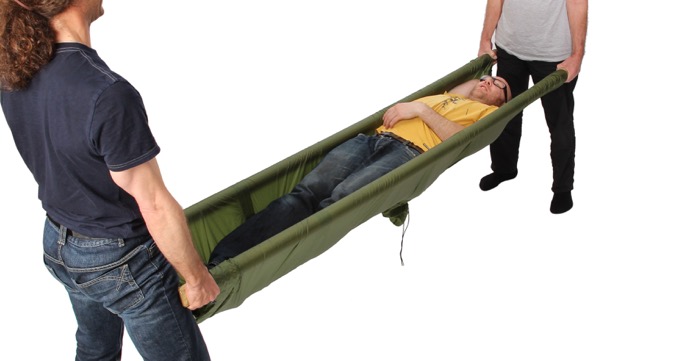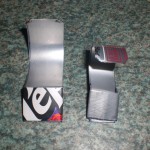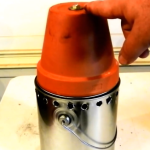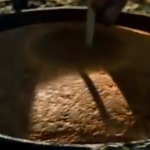Common Survival Uses for Tarps and Ponchos
Tarps or plastic sheets are often seen as an accessory and option in survival kits and gear. However, they should be an essential component that is included in every bug out bag and backpack. They crinkle, they can get in the way and they can be cumbersome. However, they can also greatly enhance the quality of your survival experience if you end up getting marooned, lost or placed in a situation where you don’t have a lot of resources. Let’s take a look at a few important ways that tarps or plastic can make life a little bit easier during a difficult time.
Shelter
Tarps provide an instant roof, lean-to, blanket or mat to protect you from the cold and wet ground. It is very easy to attach string, cordage or other forms of lashing to this material, and it only takes a few seconds to secure a makeshift shelter. They are perfect for creating shade, keeping items dry and even covering sensitive crops from direct sunlight.
The easiest tarp shelter to create is the standard A frame. This takes 6 points of contact (4 corners and two peak points) to be effective, but you can use just about anything for support. Teepee and Lean-To variations use poles and stakes that you can fashion from surrounding material. Practice these at home as part of your preps and you won’t be caught out in the open in a survival situation.
Water Protection
Tarps and plastic sheets are excellent items to drape over backpacks or to use as a poncho while outside in the rain or snow. You may even manage to keep yourself and your gear dry if the tarp is big enough. You can also use the material to secure food or gear as you travel through water such as when crossing rivers, streams or bogs. All you need is some good cordage and a large enough piece of material to wrap and seal the items that you want to protect.
Comfort and Security
Tarps can keep you dry if they are used as an underlayment for a bed in an improvised shelter. They also help the body to retain heat, which can make sleep and rest more comfortable. You can lay them directly on the ground or above a bed of soft material such as moss, tinder, grass or other items that will provide a cushion. The tarp will prevent you from becoming intermingled with the material in addition to keeping your sleeping area as clean as possible.
Tarps or plastic can also act as a wind-blocker if they are placed upwind of the area in which you are working or cooking. They can serve as a door to a cave or other improvised shelter. You can use a tarp to cover and then camouflage supplies in order to improve security. You can also use them as a basis for a trap if you can rig it with the proper cordage and trigger/capture mechanism.
First Aid
Tarps are also very useful when dealing with injuries. They can be folded and used as a makeshift splint or protective covering over a wound site. They can also be used as part of a makeshift stretcher as well as a way to pull someone who can’t move. Tarps can also be used to drag supplies or other items that aren’t able to fit into a backpack. Some people have used tarps for transporting game as well. These are just a few of the infinite ways that tarps or plastic sheets can be used to make survival life easier. Consider how you can incorporate them into some systems that you may have as well. The more that you can think of the benefits of plastic tarps, the more you will become aware of their importance. Don’t think twice about including a tarp into your survival gear. While they may be optional in the technical sense, they also are incredibly beneficial to have on hand as well.


